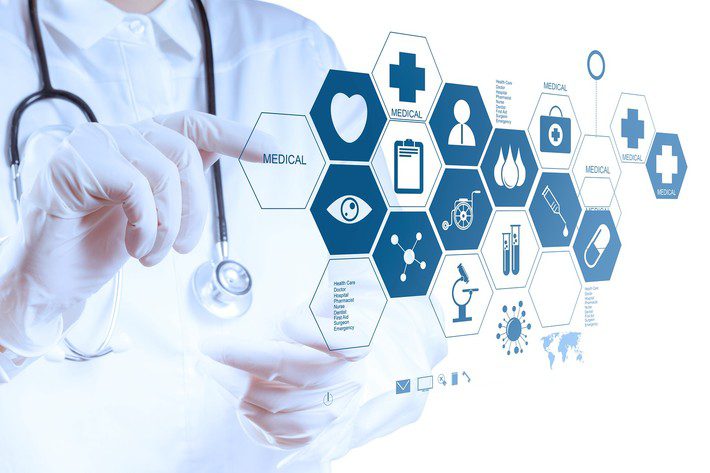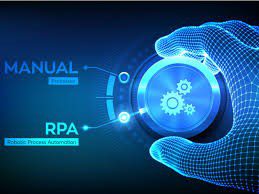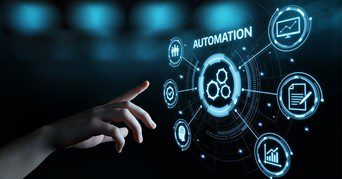
Recent studies show that, ‘healthcare’, very niche and personalized sector is now expanding its arm to embrace ‘AI strategies’ on priority this journey will be a roller coaster due to unawareness of where and how AI should be used ,and also how to implement it on larger & wider scales. This article will talk about various areas of AI applications with Digital technology enablement.
While the COVID-19 pandemic is still in the air, one thing is certain that it had an irreversible impact on the world. The dents on digital health are no exception. This pandemic made governments and health-care providers across the world speed up the development of artificial intelligence (AI) to scale up its use in medicine, even before that medicines show significant benefits. The world has seen human life losses and adverse effects on sectors like finance, industrial development, and employment, and the overall economy. This has made us think that the healthcare systems should move from reactive “sick-based” care to proactive, preventive care because the return journey from sick based life to a healthy life is not always easy. The health care industry is continuously evolving, with a greater focus on improving affordability, accessibility, and efficiency of care, automation will play a critical role in this endeavor.
Why AI/Data Science for Healthcare?
Data science is a driving force in transitioning the healthcare system to achieve not only significant change in preventive care but also the wide adoption and uninterrupted growth of Artificial Intelligence (AI) in health care, which is delivering benefits across the board, including excellent member outcomes, and lowering the costs. Though the personalized service of doctors and nurses cannot be completely replaced, the use of AI can help doctors to provide easy roadmaps and member-centric treatments.
Data science has the power to empower the consumer, giving them more control over their own care. People can make better and more informed decisions if their care providers are able to make better, more data-based recommendations. If your care provider could access your genetic information in a proactive healthcare system, measure your genetic risk for disease — not just as an individual but also as a member of a larger population —and then help you to manage that risk throughout your life course.
As per PwC and the ‘Future Today Institute’, “the global AI market should grow 20% annually between 2020 and 2024, while global economic growth generated by AI could reach $16 trillion by the end of this decade”. McKinsey estimates that around 36% of the health care industry can be potentially automated. However, the potential is lower for health care professionals whose clinical expertise drives daily member interactions – less than 30% of a registered nurse’s daily activities can be automated.
Secondly, data science enables more cost-effective drug discovery, helping us do the right thing for the right person. Rather than have someone try and fail ten different drugs at great expense and the acute-based care system (not to mention the worsening quality of life for the patient), data science can be very helpful to try the right one at the first attempt. Although that drug in isolation is more expensive for the system, it would have been even more expensive if we did not have data science because that person would have had ten different things tried and failed. Additionally, data science allows us to bring things to market more quickly because we are not beholden to the hypothesis-driven routine.
Digital Technology /RPA Augmented with AI:

For delivery in healthcare, Digital technology can do wonders and thus be a ‘wonder drug’. Tracking vital stats of the human body, Predictive diagnostics, telemedicine along with smartphones (digital apps), and the availability of wearable devices like fit bits, will be cheap and efficient for the health industry. This has reconfigured the costs associated with the delivery of care by utilizing continuous data capture, analytics, and new key insights to inform physicians and clinicians when things are not well before the patient starts feeling sick. That understanding could then be integrated into a new model of care, which would enable early interventions, thus preventing that individual from having to go to the hospital. Automation technique’s benefits are ensuring accelerated investments in smart technologies to achieve several competencies, like AI which is increasing the accuracy as well as reliability of medical image analysis through digital image processing, pattern recognition, and machine-learning AI platforms. A handheld 3D-ultrasound tool, for example, can create real-time 3D representations of medical images, transmit them to a cloud service that identifies various characteristics, and provides an automated diagnosis. AI-enabled tools will influence medical imaging diagnosis and its growth. Chronic conditions such as cancer and diabetes, Genome sequencing are some of the challenges the AI with Big data and cognitive systems have been partially successful in solving.
Robotics can automate ancillary and back-office services of providers, resulting in considerable cost/time efficiencies and higher reliability. Providers function as mini-logistics companies – they continuously move large volumes of material within their units. Nurses typically spend less than two hours of a 12-hour shift on direct member care, and the remaining is on administrative activities. However, all this can change in near future due to robotics. AI-enabled medication adherence uses advanced facial recognition and motion-sensing software to observe treatment adherence. Member engagement can receive a big boost from automated check-ins and reminders.
Doctors are exploring the abundant available data for getting complete information about the patient in the operation theatres. Technology aids for example wireless scales, blood pressure cuffs, and glucose monitors are reducing costs for monitoring. When connected to wireless internet networks, these devices alert doctors and nurses about potential problems.
Process Automation:

Process automation entails immense benefits to Health care organizations who should become early adopters of automation to continue building efficiencies and overcome looming challenges (aging population, labour shortages, and increasing costs). Process automation can be applied in specific areas of health care operations, such as claims management, helping health care managers work more efficiently, effective administration, etc., to realize the following benefits:
- Accelerating payer collections: Previously, collections involved contacting payer contact centres, IVR agents, and claims agents. Hospitals exploring new technology to step up the claims resolution processes.
- Streamlining coding operations: Medical coding is among the most complex processes mistakes can be costly and time-consuming. The availability of several AI and Natural Language Processing (NLP) technologies are leading to 25% cost savings and 24/7 up-time in coding operations.
- Automated scheduling: Smart software can schedule medical specialties of nurses with the needs of patients based on their closeness. Appointments are then scheduled for the best-matched nurse with the nearest member.
Automation needs proper investment and planning though automation in health care delivery and operations involves different processes, the basics of adoption remain the same. However, it needs proper investment and planning, and before implementing an organization-level automation strategy, it is imperative to seek management buy-in.
The iterative process of Design thinking seeks to understand users, challenge assumptions, and redefine problems to identify alternative strategies and solutions. For automation to successfully scale-up, the entire organization must collaborate. The CoE should be equipped to troubleshoot problems during implementation.
Lastly, we should recognize fully, that technological advancement and unprecedented growth in biomedical data have created great opportunities, but they have also introduced great challenges for protecting the privacy and security of patients and other research data. We will have to work with experts, for practicing robust and information-security procedures to ensure patient and research-participant data stays secure while at the same time, it can enable scientific and medical advances.
